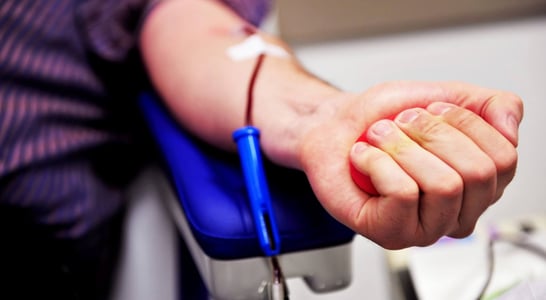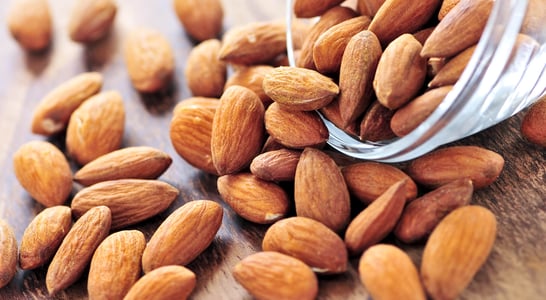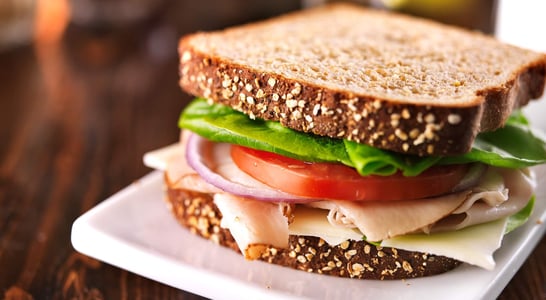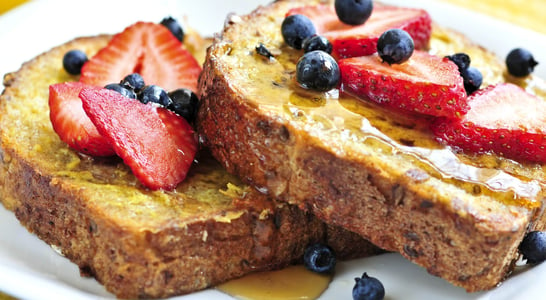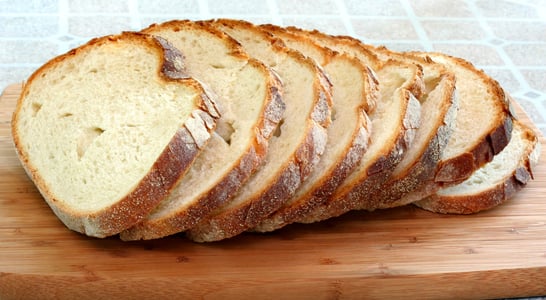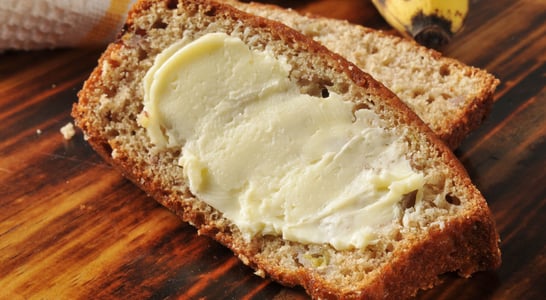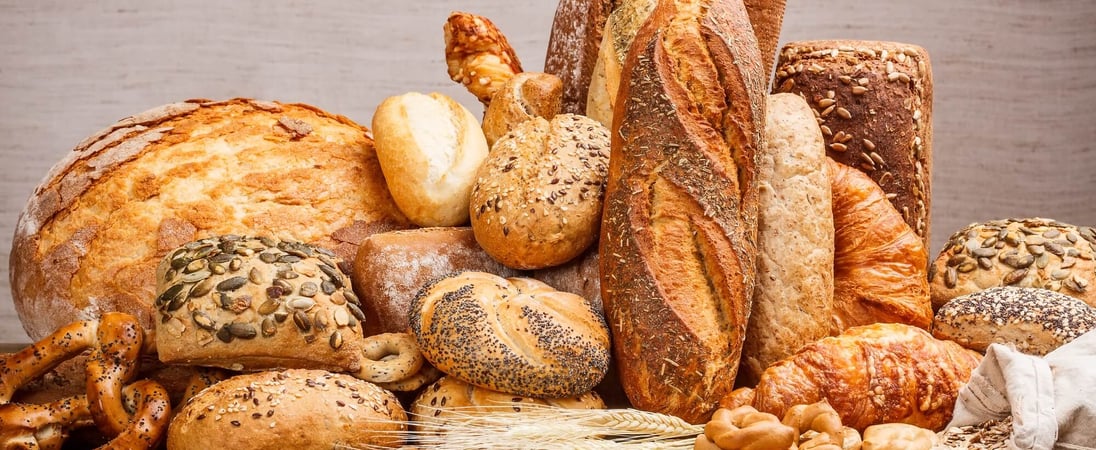
Real Bread Week
Real bread is a joy to behold! Made with natural ingredients and baked to perfection, each bite is a heavenly experience.
Is there anything that is more delicious than a fresh loaf of bread? Probably not! Even though it is an everyday food item, it’s also something absolutely amazing. If you love bread as much as most people do, then Real Bread Week is going to be quite a treat. Whether choosing to eat it, bake it, or both, this is definitely a week on the calendar that is meant to be celebrated and enjoyed.
And the best part about it is that it is not only tasty, but it’s healthy, good for the community, and good for the earth.
How to Observe Real Bread Week
It’s a delight to get creative and this special time allows for a whole week to do it! Check out some of these ideas for learning, enjoying and getting involved:
Learn How to Make Bread at Home
One of the best ways to observe Real Bread Week is by attempting to make real bread in the kitchen at home. Certainly plenty of recipes can be found online that make it easy for just about anyone to make their own real bread. Make sure to carefully check the recipe to be sure that it is a genuine, real bread recipe and there are no additives, chemicals or preservatives that are included.
The ingredients needed to make real bread are fairly simple. Just some bread flour, yeast, sugar, warm water, salt and oil. That’s it! For those who have a breadmaker, it’s super easy to throw the ingredients into the breadmaker and then let it do the work.
But even without a breadmaker, making bread isn’t difficult, it may just be a bit time consuming. Depending on the recipe, it may just require mixing, kneading, letting it rise, kneading again, placing in a bread pan, allowing it to rise again and then baking!
Visit a Real Bread Bakery for Bread
For those who are not necessarily avid bakers, it’s certainly possible to head over to a local ‘real’ bakery to purchase a delicious, freshly baked loaf instead. Why not take a look online to see if there are any artisan bakers in the area that are simply waiting to be tried?
In an ode to Real Bread Week, it is a good idea to try and support small businesses, rather than purchasing bread from one of the big supermarket chains. In addition, getting bread from a small, local bakery means it is more likely to actually be made from real ingredients without all of the chemicals or preservatives.
Attend a Real Bread Week Event
Get involved with Real Bread Week by finding out what kinds of events are happening in the area. Check with local artisan bakeries or bread stores to see what kind of Real Bread Week events might be going on such as sales, discounts, coupons, or even free tasting events! Or perhaps a cooking school in the local area will be putting on classes to learn how to bake real bread.
Host an Event for Real Bread Week
For those who run a bakery, bread shop or restaurant, this could be the perfect time to host an event promoting the purchase and consumption of real bread. Or, even just an average person could invite people to a community event or party that helps to get the word out about real bread.
Try having a real bread baking contest at work with judges, or consider hosting a real bread baking class where others can learn how easy it actually is to make something so delicious and good for you.
Support Local Real Bread Bakeries
Another great idea is to support Real Bread Week by showing your support for small, independent, and locally-owned bakeries across social media. Big up the local bakeries in the area–after all, it feels good to support local business owners and to help them get the word out, doesn’t it? They’ll certainly appreciate the support.
Learn About Real Bread Week
Real Bread Week is not about eating just any old bread, though. The critical point in this whole week is that it is about real bread. Some people may be wondering what this means!
Well, real bread refers to any type of bread that has been made without the use of processing aids or any other additives. For example, this means that there is no xanthan gum, ascorbic acid, chemical leavening, baking powder, or other added enzymes and chemicals found within the bread.
And, when the word “bread” is used, it means any type of additive-free bread. So, this includes pita, porotta, paratha, tortilla, oatcakes, roti, stottie cakes, bagels, baps, baguettes, wraps and almost any other kind of bread that can be thought of!
So, now that it is clear what real bread is, what about Real Bread Week? Well, there are two clear goals that are associated with Real Bread Week. The first includes encouraging and helping people to bake their own real, fresh bread in their kitchens at home. The other goal entails encouraging people to purchase real bread from independent and local bakeries.
History of Real Bread Week
Real Bread Week has been running for quite some time now. In fact, it was first launched in 2010 by the Real Bread Campaign. It’s part of a larger organization called Sustain:the alliance for better food and farming. This is a charity that focuses on championing better practices and policies in the food and agriculture industries to improve the health and welfare of people, animals and the earth.
Real Bread Week is a worldwide, yearly celebration of Real Bread and the individuals who make it. For a lot of years now, community groups, youth groups, care homes, schools, mills, baking schools, and bakeries have been getting involved in Real Bread Week. Not only do they bake delicious real bread, but they hold activities and events, ranging from feasts to bread baking classes.
So get ready to get involved with Real Bread Week in all of its fun and deliciousness!
Real Bread Week Timeline
8000 BC
Bread Originates
In the Middle East, the earliest type of bread is made during this time. Egyptians have tools for grinding grain and the bakers produce a flatbread, similar to chapitas or tortillas, by cooking it over a fire.[1]
1834
Steel Roller Mill is invented
Changing forever the way bread is made, the steel roller mill comes to use in Switzerland. Instead of crushing the grain, this mill allows for the pieces of the grain to be separated.[2]
20th Century
Bread-baking is industrialized with chemicals
In an effort to preserve bread, make it white and fluffy, and reduce the amount of yeast needed, preservatives and other chemicals are added, eventually rendering something that hardly has any nutritive value at all.[3]
1917
Bread-slicing machine is invented
The ability to mechanize the slicing of bread is a huge win for convenience and the machine gains widespread use in the next decade or so.[4]
2010
The first Real Bread Week is launched
A couple of years after the Real Bread Campaign is started, the organization decides to promote the qualities and benefits of eating real bread during the last week in February.[5]
Real Bread Week FAQs
When did bread become popular?
Bread has been a mainstay of society for several millennia. It is believed that some of the first versions of flatbread became a staple around 8000 BC in ancient Egypt.[1]
When did Real Bread Week begin?
The first observance of Real Bread Week happened in 2010. It started because the Real Bread Campaign decided to feature the last week in February to focus on the health benefits and enjoyment of eating bread with real, natural ingredients and processes.[2]
How is bread made?
Bread requires only a few ingredients including flour, water, salt, yeast and other ingredients, depending on the recipe. The ingredients are made into a dough and then allowed to ‘rise’. The dough is then baked in the oven.[3]
Who is behind Real Bread Week?
Real Bread Week is an initiative of the Real Bread Campaign, which is run by an charitable organization called Sustain: the alliance for better food and farming.[4]
What is the Real Bread Campaign?
This organization is on a mission to promote the making, selling and buying of bread that is better for people, communities and the earth. They market, support, publish, and educate in a variety of ways to that end.[5]
Also on ...
View all holidaysNational Organ Donor Day
The selfless act of giving the gift of life can bring hope and healing to those in need. It's a remarkable legacy that transcends time and spreads compassion.
World Whale Day
Gigantic creatures that sing, dance, and swim in the vast blue sea, whales are majestic beings that fill our hearts with wonder and awe.
Singles Awareness Day
Enjoying the freedom to focus on personal goals, hobbies, and friendships without the compromise of a partner's preferences or schedule.
National Almond Day
This small but mighty nut is packed with protein and healthy fats, making it a great snack to keep you fueled throughout the day.
We think you may also like...
National Sandwich Day
Two delicious slices of bread hugging an array of mouth-watering ingredients, creating the perfect handheld meal to satisfy hunger cravings.
National French Toast Day
Slices of bread soaked in a sweet, eggy bath, then fried to golden perfection, making mornings delicious and satisfying.
National Sourdough Bread Day
Try baking your own, enjoy your favorite sandwich or soup bowl, or even branch out and try sourdough cake on the delicious, yeasty National Sourdough Bread Day.
German Butterbrot Day
Start your day off right on German Butterbrot Day with a simple piece of toast and your favorite high-quality butter. That’s it!
